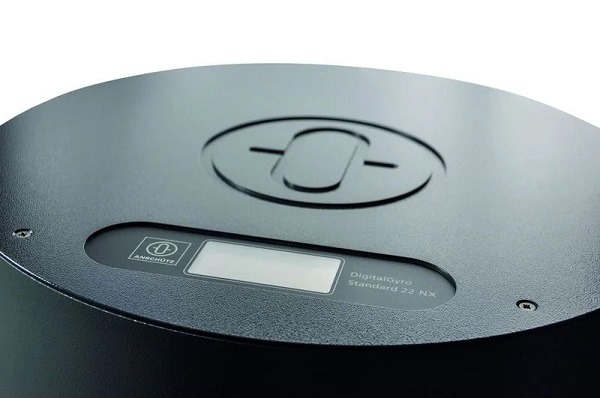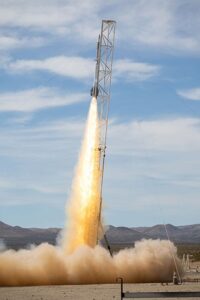Reliable navigation despite jamming and spoofing
The Baltic Sea is one of the busiest maritime regions in the world. It handles a significant share of the EU’s trade, and its ports are critical nodes in global supply chains. Like most of the world, ships in this region rely heavily on GNSS (Global Navigation Satellite Systems) such as GPS (Global Positioning System) for navigation and positioning.
Since the onset of the Ukraine conflict, however, the Baltic Sea has become a hotspot for GNSS jamming and spoofing incidents, with thousands of commercial vessels and aircraft reporting navigation disruptions in recent months.
Disruptions in this area can ripple across Europe’s economy, delaying shipments and increasing insurance costs. Above all, they compromise maritime safety.
What are the risks of GNSS jamming and spoofing?
Jamming and spoofing incidents have intensified, causing ships to experience erratic positioning data and sudden position jumps, in some cases even resulting in total signal loss. These pose serious risks to maritime operations and threaten the safety of crews and vessels. While GPS is most commonly targeted, other satellite-based GNSS are also affected.
Jamming leads to a loss of GNSS signal availability and, therefore, a loss of latitude, longitude, Speed Over Ground (SOG) and Course Over Ground (COG) information. Spoofing, on the other hand, sends incorrect GNSS signals. This leads to inaccurate latitude, longitude, SOG and COG information.
These threats undermine navigation via Electronic Chart Display and Information Systems (ECDIS) and also affect other systems, such as the Automatic Identification System (AIS) and radar functionalities – reducing overall situational awareness on the bridge.
Why Anschütz gyrocompasses are the best choice
Anschütz gyrocompasses offer robust, GNSS-independent heading solutions that ensure safe navigation – even under electronic attack.
Standard 22 NX operates mechanically and autonomously, based on an extremely robust design proven over decades and under the harshest conditions. It is renowned for its exceptional accuracy. Even when GNSS signals are compromised, the Standard 22 NX gyrocompass continues to provide precise heading data. The only minor impact may be on automatic speed error correction – but only if GNSS is used as source of speed. Even without correction, the heading accuracy remains within acceptable limits for commercial operations, according to user feedback. By using a non-GNSS-based speed log and applying good seamanship (e.g. adjusting latitude manually), heading accuracy becomes fully independent of GNSS.
The maintenance-free Standard 30 MF is also a reliable option. Larger spoofing anomalies are automatically filtered, trigger alerts and do not immediately affect heading information. Smaller position anomalies caused by spoofing also won’t have an immediate impact, although they may be harder to detect.
However, the Anschütz heading management system offers the following unique features to regain full accuracy:
- Manual input of speed and latitude during disruptions, making the system completely independent of external signals.
- Separate speed and latitude input for each compass, allowing use of different GNSS sources – reducing risk, as it is unlikely that several GNSSs are disrupted at the same time.
- Combination of different gyrocompass types for cross-verification and anomaly detection through integrated heading monitoring.
“Using the speed of a speed log is one way to achieve complete independence from spoofing and jamming attacks. More customers are also opting for dual-compass systems combining the Standard 30 MF and Standard 22 NX to ensure technological redundancy,” said Volker Wenzel, Sales Manager at Anschütz for the Nordics & Baltics. “Their robust design and advanced features make Anschütz gyrocompasses and heading management systems uniquely suited to the current threat environment in the Baltic – and beyond.“







